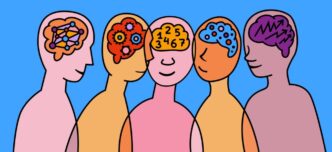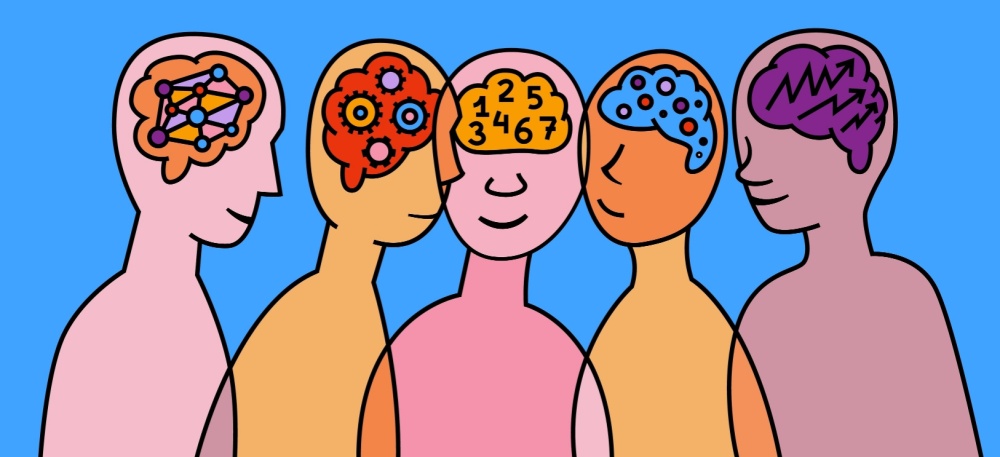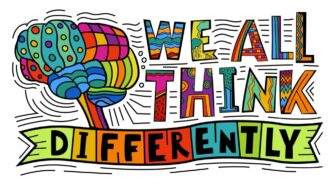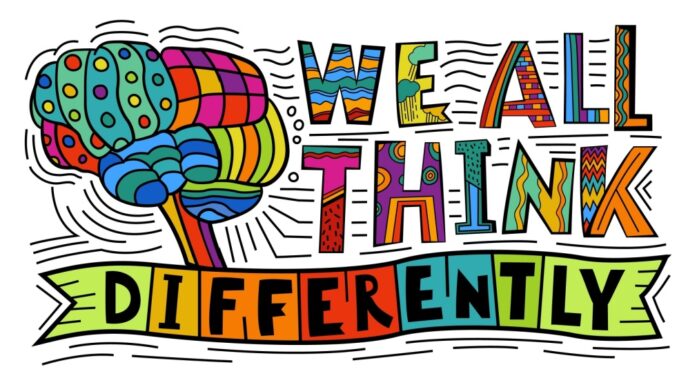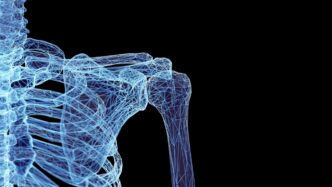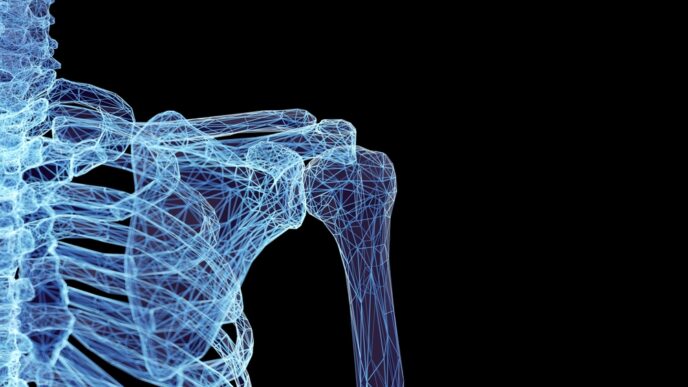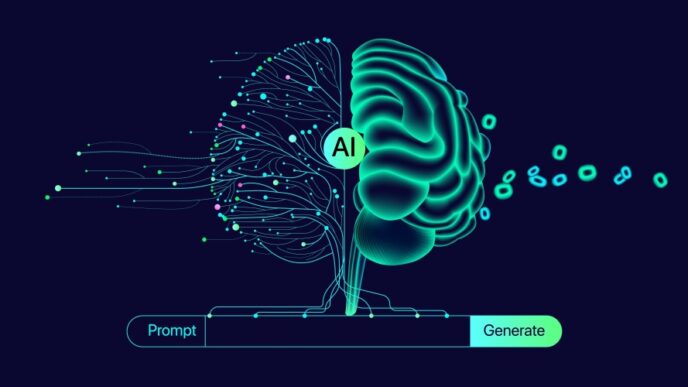Autism research is constantly evolving, helping us better understand the spectrum. This article breaks down what science knows so far—shedding light on key discoveries and what they mean for the future.
WORDS LIM TECK CHOON
 FEATURED EXPERT FEATURED EXPERTSITRA PANIRSHEELUAM (MSc Clinical Psychology, Malaysia; MSc Clinical & Health Psychology, UK; BSc (Hons) Psychology, UK) Behavioural Psychologist Triangles Psychiatry & Psychological Support Global Doctors Hospital Facebook | Instagram | Linkedin |
Autism spectrum disorder (ASD) continues to be a subject of extensive research as scientists work to unravel its causes, improve early detection, and refine treatment approaches.
With increasing awareness and advancing technology, recent studies have shed new light on genetic links, environmental factors, and innovative therapies.
As behavioural psychologist Sitra Panirsheeluam notes, staying informed about these developments is essential for parents, caregivers, and individuals on the spectrum.
LATEST ON THE POSSIBLE CAUSES OF AUTISM
For years, the root causes of autism remained unclear.
Genetics
- However, research now points to strong genetic links being a possible factor, with heritability estimated at 90%.
- “In my practice, I have interviewed many parents, and often, one or both show signs of being on the spectrum,” Sitra shares.
Environment
- While genetics play a dominant role, environmental influences are also under investigation.
- Some studies suggest that high mercury levels in seafood could be a factor, leading to recommendations for pregnant women to moderate their intake. However, these findings are still being explored.
IMPACT OF EXCESSIVE SCREEN TIME
- Another emerging discussion is the impact of excessive screen time in young children.
- “Many children display autism-like symptoms due to prolonged gadget use,” Sitra explains.
- She adds: “However, when screen detox is implemented, which involves eliminating screen exposure entirely for a period, we see significant improvements in speech, eye contact, and social engagement.”
- While this does not indicate that screen time causes autism, it highlights the importance of early stimulation in a child’s development.
ADVANCES IN DIAGNOSIS AND EARLY INTERVENTION
Early detection remains crucial in managing ASD, and innovative diagnostic tools are making it more effective.
Eye-Tracking Technology
One promising method is eye-tracking technology, which monitors a child’s eye movements while watching specific videos to detect early signs of autism.
- Researchers have noted that children ASD tend to focus on different visual cues compared to neurotypical children.
- Based on this premise, an eye-tracking system typically uses a specialized camera and software to track eye movements in real time.
- Children are shown videos of social interactions, faces, and objects while their gaze patterns are analyzed.
- Neurotypical children tend to focus on people’s eyes and faces, while children with autism often focus more on objects or background details.
- Unlike traditional parental questionnaires and behavioural observation method to diagnose autism, eye-tracking provides a quantifiable way to detect ASD that is free from potential human bias.
- It is also safe and does not require any active participation from the child, making it less stressful for very young children or those with severe symptoms.
- The FDA approved an eye-tracking diagnostic tool called EarliPoint Evaluation for Autism Spectrum Disorder in 2023, showing that this technology is gaining clinical recognition.
|
APPLIED BEHAVIOUR ANALYSIS (ABA) THERAPY
In terms of intervention, applied behaviour analysis (ABA) therapy continues to be a gold standard.
“ABA modifies behaviours by reinforcing expected actions and discouraging unexpected ones,” Sitra explains.
She further elaborates that ABA has a structured approach, which helps children manage their behaviours, focus on academics, and build their self-esteem.
“ABA ultimately allows them to navigate life’s challenges more effectively,” Sitra adds.
What Happens in an ABA Session?
- A trained therapist either works one-on-one with the child or sometimes in small groups.
- Sessions are highly structured and based on individual goals, such as improving communication, social skills, or daily routines.
- The therapist uses positive reinforcement (such as praises, tokens, or small rewards) to encourage desired behaviours. If necessary, the therapist will implement gentle corrective strategies help guide the child away from unwanted behaviours.
- Valuable skills are built step by step over time, helping the child become more independent.
SKILL-BUILDING SHOULD BE FROM A YOUNG AGE
As autism is a neurodevelopmental condition, individuals face evolving challenges throughout their lives.
Sitra emphasizes the importance of skill-building from a young age.
- She tells us: “Many adults I coach struggle with social interactions and are often misdiagnosed with social anxiety disorder.”
- Unfortunately, individuals on the spectrum are frequently bullied and labelled as ‘weird’, which can discourage them from pursuing solitary careers.
- “Early intervention equips them with the skills to integrate better into society,” Sitra points out.
Complementary Therapies
- While ABA remains the most evidence-based approach, complementary therapies are gaining traction.
- “Music therapy and technology-based interventions show promise in managing ASD symptoms,” says Sitra.
- However, she cautions that many of these therapies lack systematic implementation. Further research is needed on these therapies.
Virtual Reality and Robotics
One exciting area of exploration is the integration of virtual reality (VR) and robotics in ASD therapies.
“Sensory experiences and neurotransmitter activity are closely linked,” says Sitra.
- VR and robotics are also being explored for social skills training.
- “These technologies create safe, controlled environments for individuals on the spectrum to practice real-world interactions without the fear of immediate social pressure,” Sitra explains.
Despite these advancements, there remains a gap in understanding behavioural therapy from a neuroscience perspective.
“Many behavioural therapies don’t integrate neuropsychology,” Sitra says, pointing to the brain’s reward pathway function as an example of an area that is still under-researched. “Understanding how the brain’s reward pathway function will help us see why reinforcement techniques work.”
EMBRACING THE EXCITING FUTURE
Research on autism continues to expand, bringing new hope for individuals and families affected by ASD.
With breakthroughs in genetic understanding, diagnostic tools, and treatment innovations, the future looks promising.
Sitra shares with us a positive note to look forward to. “Staying informed and involved is the best way to navigate the challenges of autism. With the right support, individuals on the spectrum can lead fulfilling lives,” she tells us.
| This article is part of our series on autism and the parenting journey one takes with a child with autism. |

